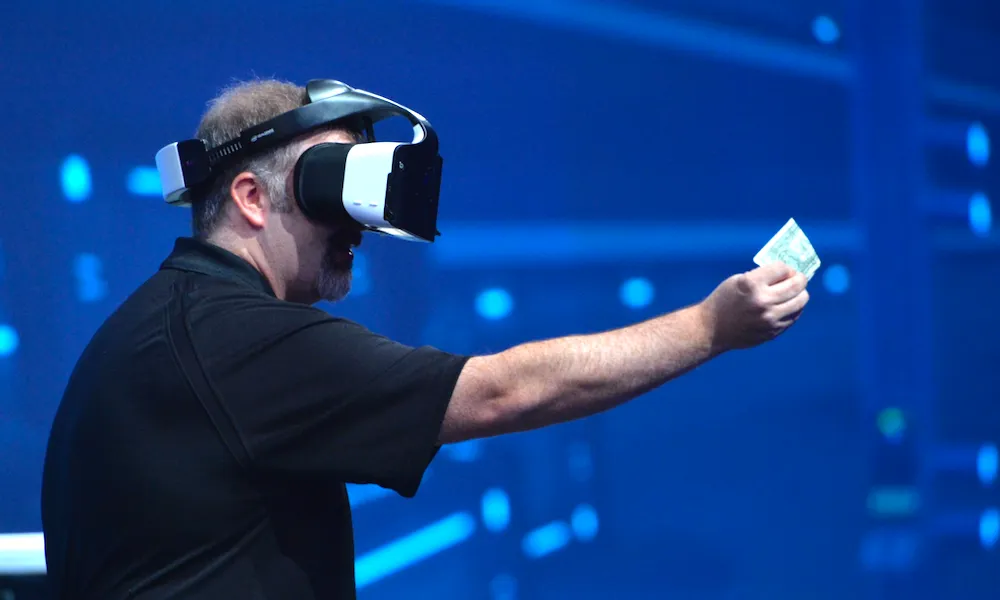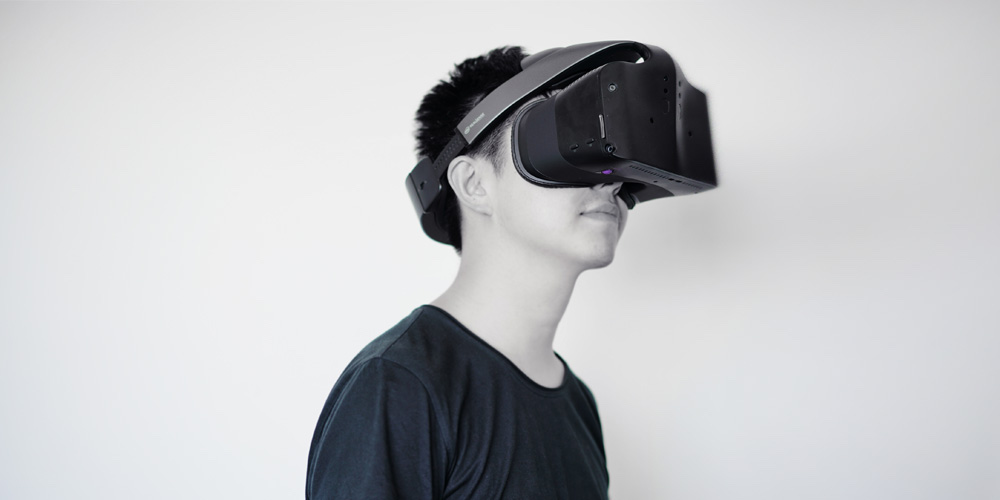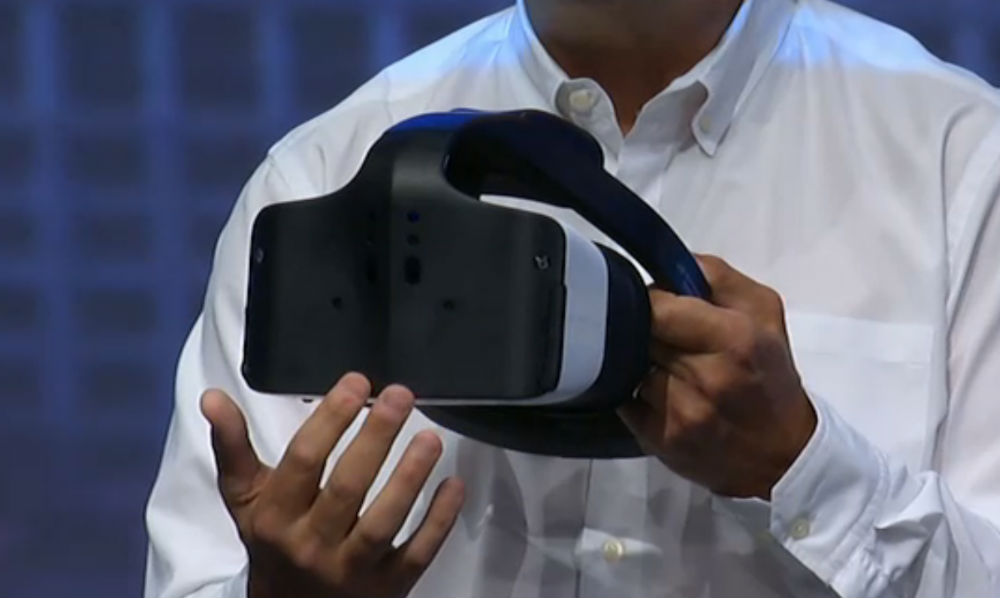Intel told UploadVR the first VR headset built on its Project Alloy reference design will be available to purchase this holiday season from a third party manufacturer.
There will be a “product in market based off of the alloy headset by holiday of this year,” according to Nicole Smith, the head of communications for VR at Intel.
Smith declined to disclose which manufacturer will be creating this new product and bringing it to market, but did clarify that Intel is “working with a lead partner to get a device out this year.”
Project Alloy is the term for a wireless self-contained VR headset powered by Intel’s technology with inside-out positional tracking. This essentially means that Alloy can find its precise location in a room without requiring a separate PC and external sensors — a key feature that would make VR more convenient. Google, Facebook and Microsoft are joining Intel in racing to deliver this feature in affordable packages. To be clear, Intel has no interest in manufacturing and selling Alloy as a consumer product. Instead, they are giving other companies access to its design and letting them put out headsets of their own. The upshot for Intel is a new product category powered by internal hardware provided by Intel.
According to Smith, the full reference design for Alloy includes a suite of Intel’s latest technology including “two of our RealSense” modules “and will incorporate new components from our recent acquisition of Movidius.” Movidius is a computer vision company that Intel officially acquired late last year. Its technology could play a key role in the functionality of headsets powered by Intel’s tech, which heavily emphasizes the ability to see and understand a physical environment.
This unnamed manufacturer would not be required to use every feature in the Alloy reference design, however. When asked if it would at least be untethered and use the RealSense inside-out tracking, Smith responded that “our goal is to use our reference design to help our partners create the best all-in-one product. I can’t speak to what their final product will include.”
Intel also plans to distribute Project Alloy development kits to software studios this year. According to Smith, this will happen in Q2 2017. Even in the most optimistic of circumstances, however, this might not provide enough time for any meaningful software to be created for this holiday-release headset. Oculus Rift and HTC Vive both went through multiple development kit cycles before finally going consumer. We asked Smith to address a potential lack of compelling content for the partner Alloy HMD at launch.
The unnamed manufacturer “already has dev kits in hand so they’ve already been working on and deciding on what their use cases will be,” Smith said. “It is up to our partners or developers to offer what they want from a use case perspective. There will be opportunities for gaming and education, but where the developer may want to focus is up to them.”
We also asked if there was a chance this Alloy-powered headset could work with pre-existing VR experiences on a platform like Steam. According to Smith, compatibility could be an issue due to the design’s unique input methods, tracking and more limited processor compared to a high-specification PC needed to run a Rift or Vive.
Finally, the price of an Alloy-based VR headset was previously stated by Intel to be priced similarly with a laptop, close to $1000. Smith did not officially confirm a price for the releasing headset, but said a price in that range “makes sense.”
Smith said that more news about Alloy’s first mass market headset will be forthcoming “in the next two months or so.”



























